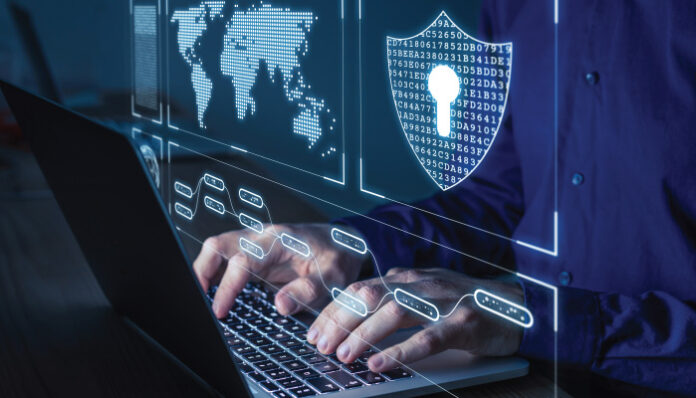Cybercrime indeed comes in various forms and formats, including online bullying, hacking, identity theft, and stalking. In the worst-case scenarios, cybercrime may cause financial devastation or even endanger a victim’s reputation or personal safety.
The technology that underpins corporate operations can provide several ways for cybercriminals to get access to private data. The same technology, however, provides a high level of security against such intentions and techniques as how to recognize cybercrime and the actions that can be performed to expose or prevent it.
Here are some pointers and recommended practices to assist businesses in identifying cybercrime and combat attacks.
Cybersecurity education and awareness
This is one of the best cyber security defenses, and it works right away. Employers should give their staff the tools they need to serve as a front-line, effective cyber defense. Employees should never be reluctant to seek assistance or guidance when they notice something unusual. The possible damage may be less substantial the earlier an employee discloses a security incident.
Employee training on what to search for can improve the business’s capacity to identify and prevent cybercrime early. This will not only improve the company’s cyber hygiene but also assist staff members in safeguarding their own private information.
Starting at the top of the company, training should move down. It is advised that businesses establish a cybersecurity ambassador in each department to help with incident response and threat identification for potential cybersecurity risks and threats. This increases the effectiveness of any IT security team while ensuring that someone in the company is in charge of putting cybersecurity measures in place and keeping them up to date.
Maintain the security of privileged accounts and use strong passwords
Firms must ensure the password they choose is secure, exclusive to that account, and changed frequently. Social media does not do a fantastic job of warning businesses about how old their password is, how poor it is, and when it is a perfect time to replace them. Nowadays, the average epoch of a social password is years. Businesses must be cautious while securing their accounts because that is their obligation. Employing an enterprise password and privileged account vault can help firms manage and safeguard their numerous accounts and passwords.
Also Read: Four Effective Methods for Combating Burnout in Cybersecurity Teams
Giving personnel local administrator accounts or other privileged access substantially compromises the security of the company. This might imply the difference between only one system or user account being hacked and the whole network of computers used by the organization.
To prevent user accounts from being readily hacked, businesses should regularly audit and identify privileged accounts and applications that need privileged access, remove administrator permissions when not required, and employ two-factor authentication.
Employers must provide their staff with a password manager or privileged access security solution that will lessen password fatigue and help shift passwords into the background, relieving them of the concern over password reuse. This might improve security measures, safeguard passwords, and limit privileged access.
Also Read: Steps IT Security Teams Can Take to Reduce Employee Burnout and Stress
Being deceitful and erratic
It’s essential to be sneaky and unpredictable. Most businesses use automation to bolster their cybersecurity defenses. Still, in many situations, this encourages predictability: scans are performed at the same time every week, patches are applied once per month, and evaluations are performed every quarter or year.
Organizations must adopt a mindset in which systems are updated and evaluated on an as-needed basis since predictable businesses are more vulnerable. Firms should do random operations. The ability to identify ongoing cyber-attacks and breaches will improve as a result.
For more such updates follow us on Google News ITsecuritywire News









